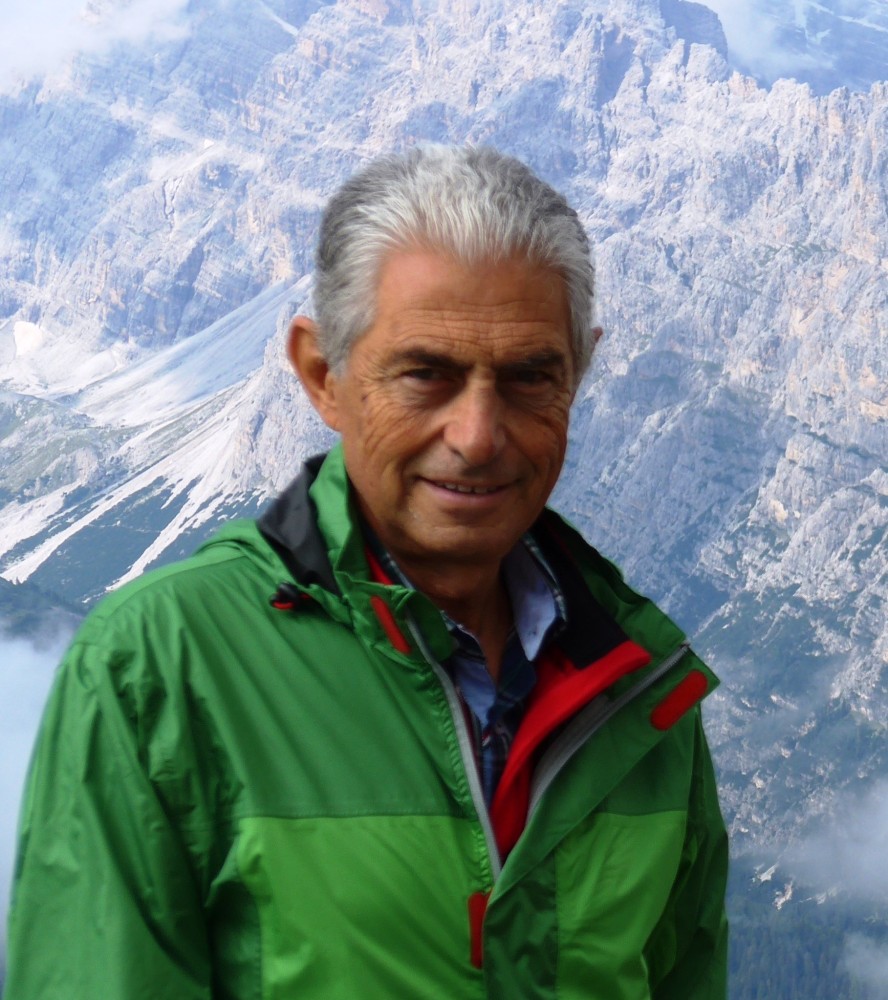Abstract
The First World War was a turning point for medicine worldwide and the following 20 years brought many important innovations. Kidney studies in Italy were part of this general trend. In this contribution, all the papers relating to kidney physiology, pathology and therapeutics produced by Italian scientists in the years between the two World Wars are retrieved and examined. The authors who produced strictly nephrological articles are also singled out and their activity described. This research retrieved 638 articles dealing with kidneys and published by Italian scientists over the period described. The topics covered were up-to-date, and the level was consistent with that of foreign contemporaries. Among the authors, a group of young scientists particularly dedicated to the study of the kidney emerges. Most of them would subsequently be among the founders of the Italian Society of Nephrology and leaders of Italian nephrology.
Keywords: history, nephrology, Italy, scientists, World Wars




